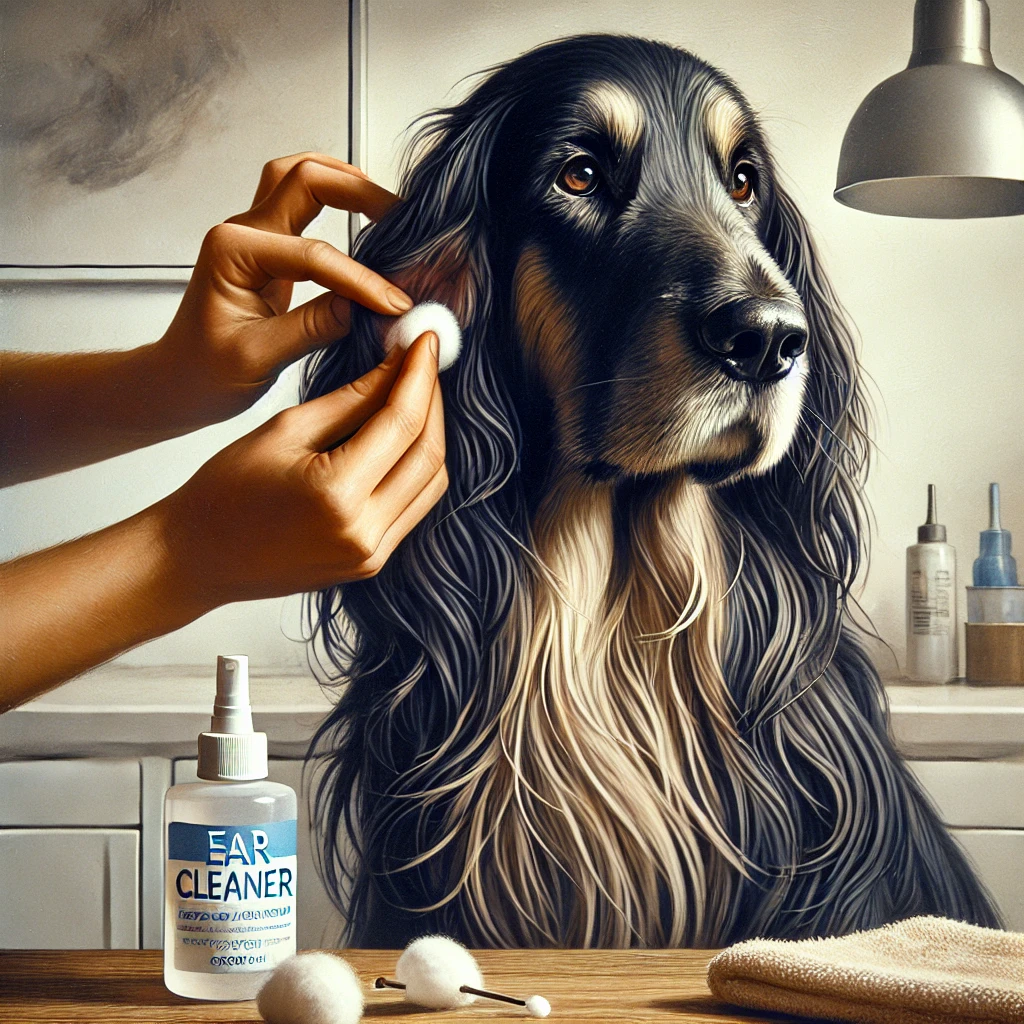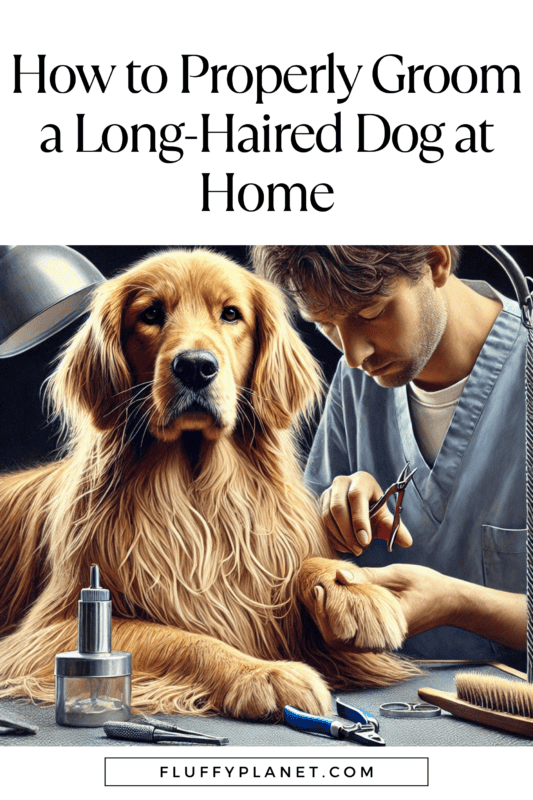Grooming a long-haired dog at home isn’t just about keeping them looking great—it’s vital for their health too. Long-haired breeds are prone to tangles, mats, and skin issues. With the right tools and techniques, you can easily handle grooming and bond with your furry friend. Here’s everything you need to know!
1. Why Grooming Matters for Long-Haired Dogs
Long-haired dogs need regular grooming to prevent mats, skin irritations, and infections. Grooming helps spread natural oils for a shiny coat, keeps shedding under control, and gives you a chance to spot any health issues early.
Benefits of Grooming:
- Prevents mats: Mats can be painful and lead to skin problems.
- Promotes healthy skin: Regular brushing distributes natural oils.
- Reduces shedding: Keeps loose hair under control.
- Spots issues early: Allows you to notice lumps or skin changes.
2. Must-Have Grooming Tools
Having the right tools is essential for a smooth grooming process. Here’s what you’ll need:
Grooming Essentials:
- Slicker brush: For detangling and removing loose fur.
- Undercoat rake: Great for double-coated breeds.
- Dematting tool: Helps cut through stubborn mats.
- Dog nail clippers or grinder: For safe nail trimming.
- Dog shampoo and conditioner: Choose a product made for dogs.
- Ear cleaner and cotton balls: To prevent ear infections.
- Towel and hair dryer: For drying your pup safely.
3. Brushing Your Dog: Key Techniques
Brushing is crucial for maintaining a healthy, tangle-free coat. Aim to brush your dog 2-3 times a week, or daily for breeds like Shih Tzus and Afghan Hounds.
Brushing Tips:
- Start near the skin: Work from the base of the hair outward to avoid missing mats close to the skin.
- Be gentle: Use slow, careful strokes, especially on knots.
- Detangle before bathing: Wet fur makes mats worse, so brush out tangles first.
- Use detangling spray: It can help with stubborn knots.

4. Bathing: Keeping Your Long-Haired Dog Clean
Most long-haired dogs need a bath every 4-6 weeks. Frequent bathing can strip their coat of natural oils, so don’t overdo it.
Bathing Steps:
- Brush first: Get rid of tangles before wetting your dog.
- Use dog shampoo: Avoid human shampoos; they can irritate your dog’s skin.
- Rinse thoroughly: Any leftover shampoo can cause irritation.
- Condition and rinse: Conditioner can help keep the coat smooth.
- Dry properly: Use a towel and then a blow dryer on a low, cool setting while brushing to avoid new tangles.
5. Trimming: Keeping the Coat Neat
While not every long-haired dog needs a full haircut, trimming certain areas can help with hygiene and comfort.
Trimming Tips:
- Use sharp, dog-safe scissors: Blunt scissors can tug on hair.
- Trim small sections: Take your time, especially if you’re new to this.
- Focus on problem areas: Keep the fur around the paws, belly, and rear short to avoid dirt and mats.
- Seek a pro if needed: It’s okay to visit a groomer if you’re uncomfortable trimming sensitive areas.

Final Tips
Grooming should be a positive experience for your dog. Take it slow, offer treats, and give plenty of praise. Regular grooming sessions will help keep your dog healthy, comfortable, and looking their best.
With a bit of patience and the right approach, you’ll have your long-haired dog feeling and looking like a million bucks—all from the comfort of home!



